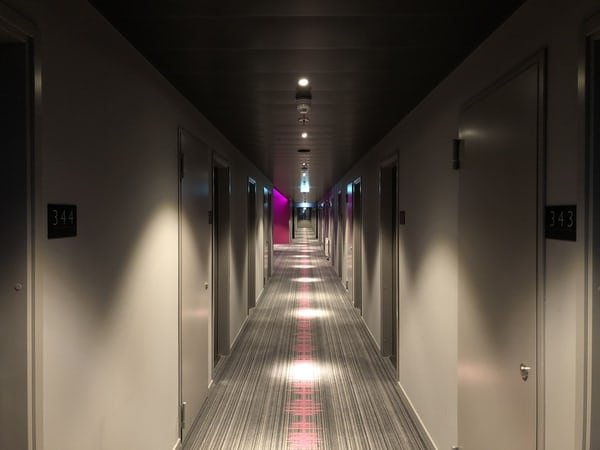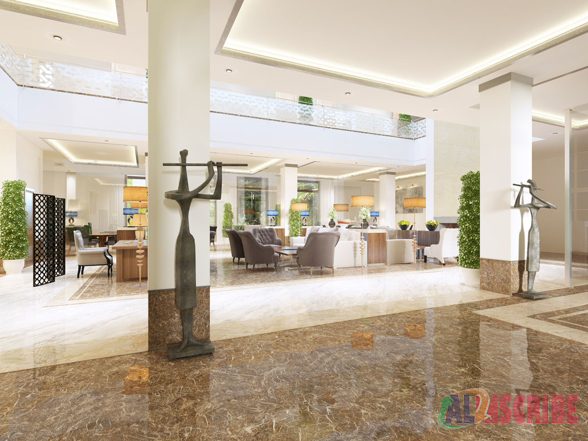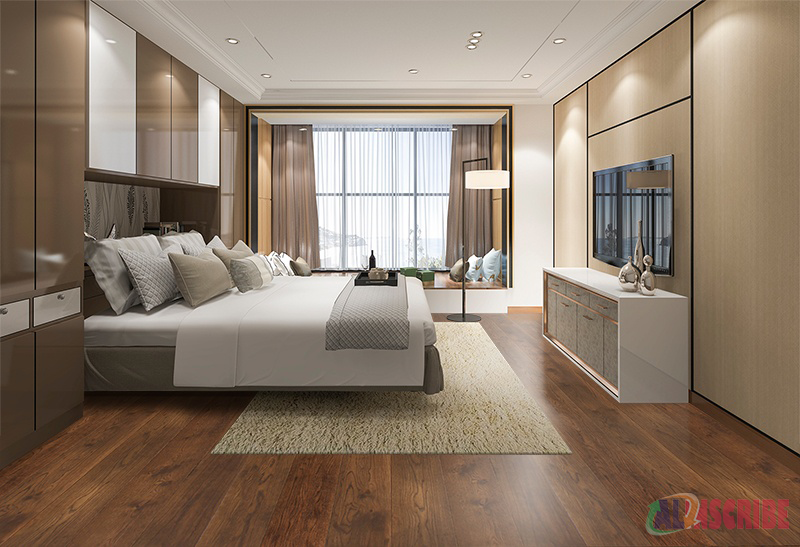Famous Hotel Flooring Designs
Author: ZoeScarlet
Published in: Interior Design

Some of us love grand designs, while some of us love a more minimal approach. Whichever the case might be, good taste is always well received. In world-famous locations, every little detail is considered important. The best examples of such places are the hotels, especially the big name ones. Things like wallpaper, bedding and even hotel flooring are on point in order to offer the best experience for clients. Some hoteliers go as far as to use unconventional spaces. For example, choosing great basement flooring and using that area as a bar or other social activities hub.
History of Design and Hotel Flooring
In the past, interior designs were not thought about beforehand, often they were constructed as the final parts of the building process came together. However as society further developed, so did distinctive architectural requests. Fine details such as the appearance and functional practicality of hotel flooring became more and more common in the initial concept of a hotel. Not only that but as the market expanded, thorough design planning became a must. The purpose is to effectively use the space and also give it the most appealing aesthetic look as possible. Sometimes certain themes have to be respected. For example, if a room is to be designed in a classic 19th century theme, there is no room for a 2000s pop-culture decor. Another example could be a minimalist theme in which all the lines should remain as simple and as clean as possible.

The title of ‘parent of modern interior design’ can be attributed to Elsie De Wolfe. In the early 1900s, she rejected the elaborate and often busy Victorian style in order to make room for a more harmonious theme along with comfortable home furniture. The fact she grew up with the Victorian style makes breaking out of it an even more amazing feat. You can thank her for delightfully colored hotel flooring and many other interior decorations found all around the world. She was also among the first to eliminate the clutter that a Victorian design often conveys. This resulted in beautiful but also practical environments. She even wrote a well-received book in 1913 called “The House in Good Taste”. With good taste in mind here are some now available to visit locations with delightful interior designs:
- Bowery Hotel (New York) – the decorations might be of classical taste (which is never a bad thing in itself) but the colors are sure to be close to that of royalty.
- Ritz Carlton (Tokyo) – the lobby of this hotel combines oriental garden views with occidental furniture. As if the views were not enough, the hotel features live performers here throughout the day. Do not forget to visit the bar if you love cocktails.
- Eden (Rome) – this hotel’s lobby design will surely make you think of the Pope and the Vatican. It has predominantly white tones with a combination of Victorian pillars and simple lined furniture.
- Raffles (Singapore) – a good example of the minimalist approach. The tones of the colors are neutral towards a little cold. Light grey and blue dominate the room as well as straight-lined furniture.
Ingenious Basement Flooring
If you think that a basement area can never be publicly used, time a moment to reconsider. Lots of people both residential and commercial applications have taken advantage of this often ignored space. Many have incorporated basement flooring and other important aspects in order to achieve a lively area. If you are uncertain of how to bring such a space to life, then an interior designer is a great person to choose what goes where. Sometimes, the basement area might be tougher to work with than the levels above. Often low ceilings and sometimes weird corners easier to deal with when someone with experience is handling them. Temperature might also be a problem, but with the proper applications those can also be solved. Here are some of the key details one should keep in mind when improving a underground or below grade area:
- Lighting – brighter lights or lighting in this area is needed to lighten the atmosphere. Most people prefer warmers to light but in the end, this is a matter of choice.
- Wall painting – brighter colors work best in these kinds of environments. You can even choose a straight white.
- The temperature – usually this area is a bit chilly so installing a heating system that helps warm and keep temperature suitable is of utmost importance.

In order to maintain a comfortable temperature variance, fitting basement flooring is a must, this can also include a thermal insulating underlayment. For both of these needs take a look at cork, and cork flooring as this wood-based material is a natural thermal insulator, you can visit iCorkFloor for more information.. Not only does cork has great insulation capabilities, but it is also a good fire retardant. On top of this cork is also a great noise deadener so you will be able to avoid unwanted sounds.
Article Comments
Articles Search
Sponsor
There are zero sub-categories in this parent category.
There are zero sub-categories in this parent category.
There are zero sub-categories in this parent category.
















